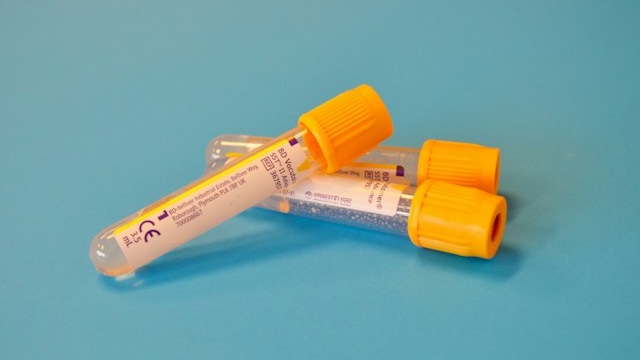QA collaboration for product managers
Software quality from a broader product perspective 2023-12-26 #product #QA

Software developers approach software testing (QA) with a focus on removing software bugs from product releases. From this perspective, preventing and fixing bugs aims to increase development speed, by reducing work on support requests and fixing bugs (failure demand).
QA people take a broader view of testing’s purpose and scope. For example, Janet Gregory describes how testing activities appear throughout the development lifecycle, in what she calls holistic testing.
A broader concept of testing starts before coding, and extends beyond software releases to include customers. This expanded testing scope aligns with end-to-end product management.
Developer-centric testing limits
Developer-centric testing delivers a lot of value, because automated testing increases test coverage, and reduces bugs. However, developers’ tendency to reframe problems as coding problems, including testing, limits testing scope rather than expanding it. And you can’t automate every kind of test.
Automated tests, and by extension developers themselves, may include testing for some non-functional requirements, such as performance, but exclude others, such as usability. Designers resolve this by expanding testing to include user testing. Similarly, an even broader testing scope involves product management.
Feature success testing
For product managers, ‘testing’ a feature means finding out whether it achieves feature success. In product growth terms, successful features achieve:
- activation - customers start using the feature
- adoption - customers regularly use the feature
- engagement - customers get value from the feature.
Just because a feature doesn’t have any bugs, doesn’t make it done. Perhaps nobody knows the feature exists, or can’t figure out how to use it. And sometimes, no-one needed or wanted it in the first place.
Bugs break product experiments
Product managers sometimes call their feature tests feature experiments, because they want to release a feature (or feature improvement) to test a hypothesis. Customers can’t start to use a feature that doesn’t work, so you have to fix the bugs first.
Feature success testing starts with a software release, but does require a bug-free release. This means that product managers and QA people have two reasons to collaborate
- Feature bugs invalidate feature experiments.
- QA people want to engage in holistic testing, from discovery to engagement.
Product managers already have a good way to systematically work with designers. It also works with QA people.
The other product trio
Product-QA collaboration should include a tech lead, to avoid doing things the hard way when automation and technical design could help:
- product manager
- tech lead
- QA engineer
The resulting QA product trio mirrors the more conventional UX product trio that includes a designer, during discovery:
- product manager
- tech lead
- UX designer
This collaboration can start with choosing pre-release acceptance criteria. If a product manager, QA specialist and developer talk about acceptance criteria when the developer starts work on a user story, you enable a more agile approach than ‘refining’ the story days or weeks earlier.
The QA product trio can also design post-release tests and metrics. Product managers can benefit here from both developer insights on how to collect data and QA insights on what to do with it.
Dedicated QA roles
Some product development teams have a dedicated QA role, while some leave QA responsibilities to developers. Both work, but a dedicated QA role makes a product manager’s job easier, by providing a focus for QA collaboration.

